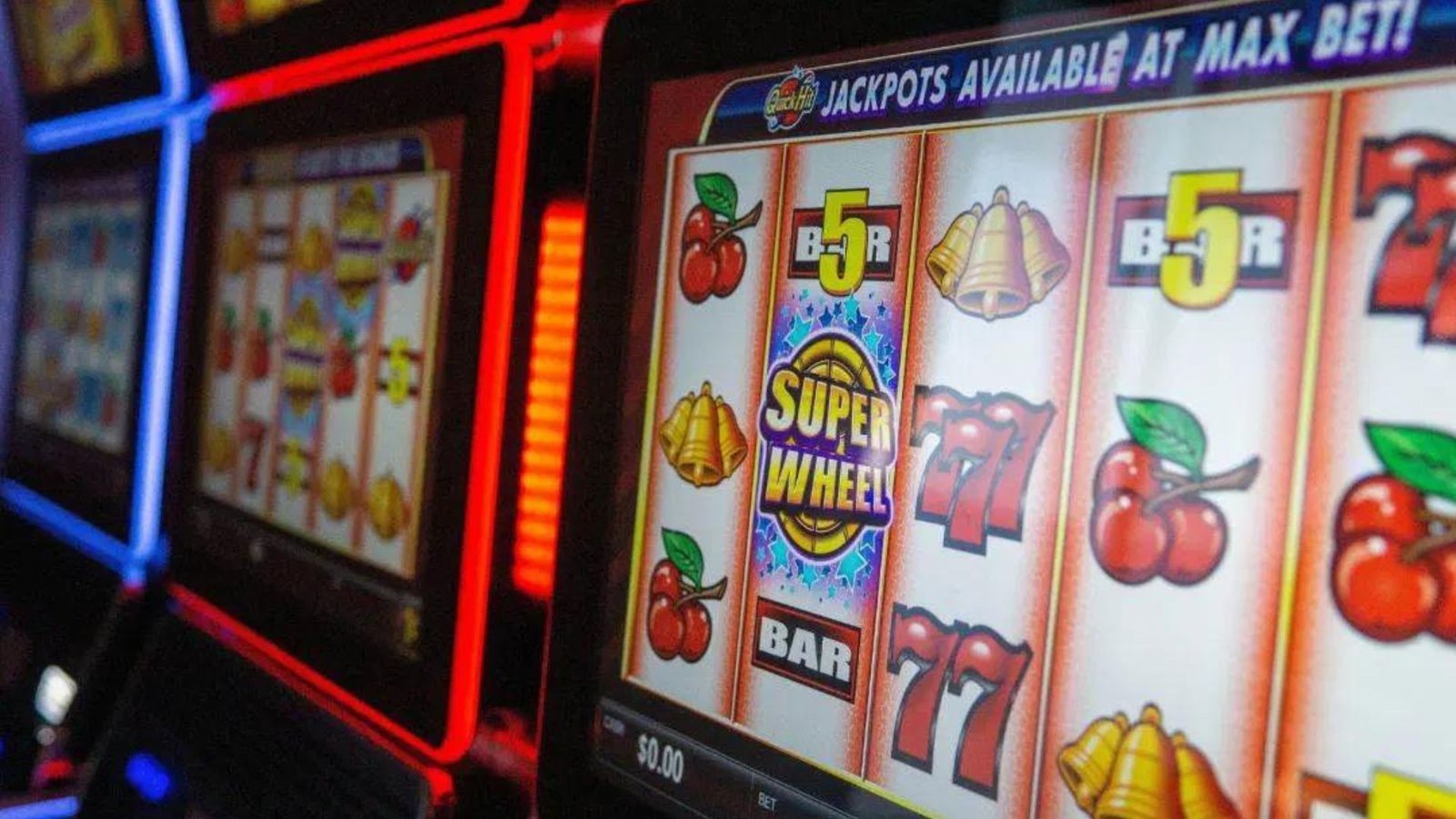Slot games have become a popular form of entertainment, both in land-based casinos and online platforms. Behind the captivating screens and attractive symbols lies a careful balance between aesthetics and functionality. In this post, we will delve into the art of slot game design, exploring the intricate process of creating visually appealing games while ensuring they are engaging, user-friendly, and offer a seamless gaming experience.
- Captivating Visual Design:
The first impression of a slot game is often its visual appeal, which plays a crucial role in captivating players. We delve into the importance of creating eye-catching graphics, vibrant color schemes, engaging animations, and exciting themes that draw players into the game’s world.
- Intuitive User Interface:
User experience is paramount in slot game design. We discuss the development of a user-friendly interface, including intuitive navigation, clear paytables, and easily accessible game controls. A well-designed user interface enhances player enjoyment and ensures a seamless gaming experience.
- Engaging Sound Design:
Sound design is an integral component of slot games that enhances the overall player experience. We explore the use of compelling music, sound effects, and interactive audio elements that complement the visual aesthetics and create an immersive gaming environment.
- Game Mechanics and Mathematics:
Behind a visually appealing slot game lies a complex mathematics model that ensures fair gameplay and a controlled payout mechanism. We explore the intricacies of game mechanics, including random number generators, paylines, volatility levels, and return to player percentages, which impact gameplay and determine the frequency and size of wins.
- Balancing Entertainment and Gambling:
Slot games must strike a delicate balance between providing entertainment value and incorporating elements of chance and risk. We discuss the challenges of designing games that offer excitement, engagement, and a sense of thrill while maintaining responsible gambling practices and adhering to regulatory guidelines.
- Optimization for Various Platforms:
Slot games are increasingly designed for cross-platform compatibility. We explore the importance of optimizing games for different devices, including desktop computers, mobile phones, and tablets, ensuring seamless gameplay, and preserving the visual and functional integrity of the game across multiple platforms.
- Player Feedback and Continuous Improvement:
Embracing player feedback is essential for evolving slot game design. We discuss the value of gathering insights and data from player behavior, conducting playtesting, and making iterative improvements to enhance the overall gaming experience.
Conclusion:
The art of slot game design encompasses a careful balance between aesthetics and functionality. By creating visually appealing games with captivating themes, intuitive user interfaces, engaging sound design, and a deep understanding of game mechanics, developers can provide players with a seamless, immersive, and enjoyable gaming experience. Striking this balance between visual appeal and functional design is key to creating successful slot games that continue to entertain and engage players in the ever-evolving world of online gambling.











